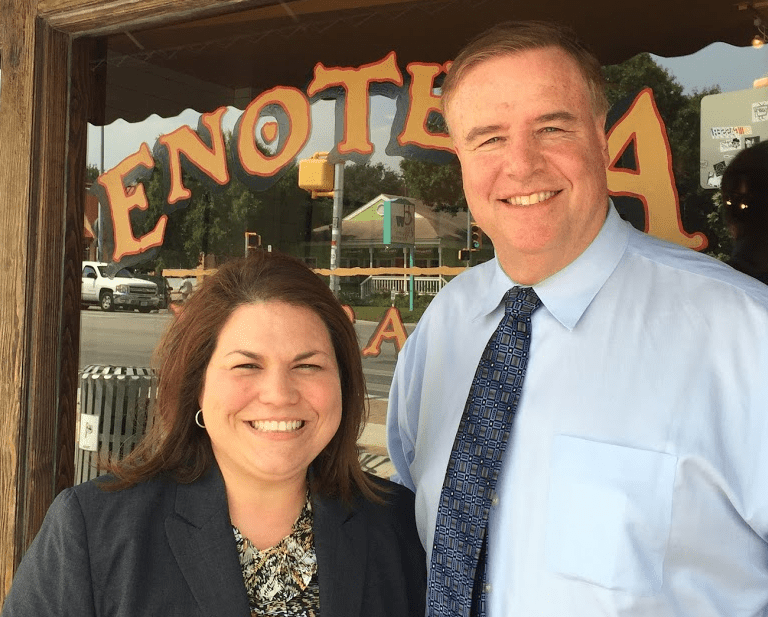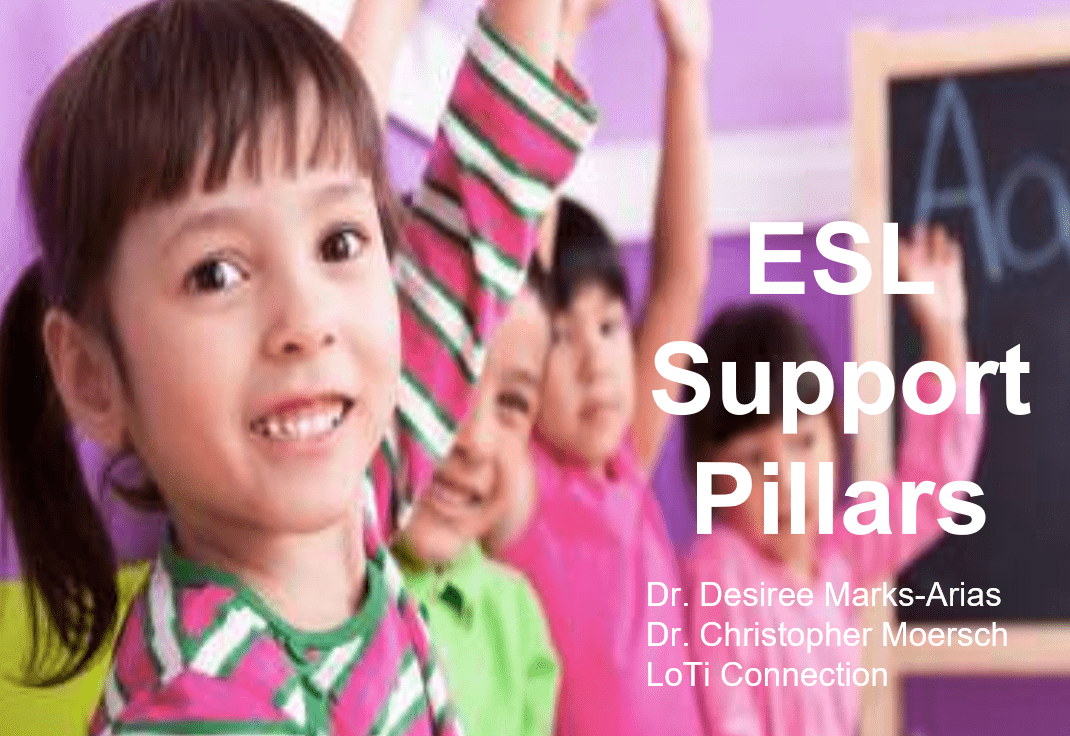“What level of cognitive complexity are students operating at,” asks Dr. Chris Moersch, “when using technology in the classroom?” Technology, asserts Dr. Moersch, needs to be used to think and reason. “It doesn’t matter how much money you throw at it (spending on technology) if you’re using it at a low level,” says Dr. Desiree Marks-Arias. “What is the potential for using technology at its highest level?” What an exciting conversation about the English Language Proficiency Standards (ELPS) and technology in the classroom!
To what extent are we positioning ESL (English as a Second Language) students to become college and career ready? According to the Alliance for Effective Schools, “About 63 percent of the 46.8 million job openings created by 2018 will require workers with at least some college education….” Traditional approaches to pedagogy often leave the ESL population underserved in preparation of post-secondary pursuits. Beyond analyzing traditional achievement gaps between student groups, including those who receive program services such as ESL, Special Education (SPED), and Gifted and Talented (GT), it is pivotal that equal attention be given to curricular and instructional gaps as they relate to (1) the integration of 21st century skills into core subjects and (2) pedagogical approaches that emphasize collaborative learning, technology proficiency, and problem-solving.
Identifying appropriate methods and strategies to narrow and eliminate such gaps requires a fundamental shift in our existing paradigm—observing achievement and instructional gaps not as indicators of student deficiency, but rather as opportunities for supporting and developing student learning and success—addressing “support gaps.” In essence, by evaluating support gaps, we can determine the effort and resources necessary for teaching, learning, and academic mastery. Source: The Support Gap: Supporting and Developing Teaching and Learning for ESL
Travel back in time with me to Thursday, June 9, 2016, when I had the opportunity to explore a topic that goes to the heart of equity in bilingual/ESL classrooms. That topic is the gap between how we approach teaching and learning in English Language Learner (ELL) Classrooms. Certainly, if you are an ESL/ELL/Dual Language teacher, or you are an administrator responsible for supporting ELL students, you will want to listen to this conversation. Be aware that this podcast is quite long at almost an hour in length.
Listen to TCEA Podcast #3: ELL/ESL Support Gaps
with Dr. Chris Moersch (@lotiguy) and
Dr. Desiree Marks-Arias (email: desiree@loticonnection.com)

Three ESL Support Pillars
- Student Achievement
- HEAT Levels
- LOTI Levels
To find out more about the Support Pillars, review the Powerpoint and concept paper (links 1 and 2, respectively) in the Links section below.
Links
- ESL Support Pillars PowerPoint
- The Support Gap: Supporting and Developing Teaching and Learning for ESL
- H.E.A.T. Framework Overview
- LOTI Framework “Sniff Test”
HEAT Framework and ELPS:



